
“We stand as the first generation to witness the effects of climate change and the last with the opportunity to address it.” – Barack Obama
For many, the predictability of seasonal patterns is shifting, necessitating action for adaptation. The consequences of climate change are increasingly apparent, underscoring our dedication to environmental preservation. In this vein, we are actively supporting research initiatives on the ground. One notable project is the study on the Impacts Of Surface Water On Herbivore Ecology And Socio-Ecological Knock-On Effects. Despite its lengthy title, the significance of the research being conducted is undeniable, meriting our full support despite the complexity of its name.
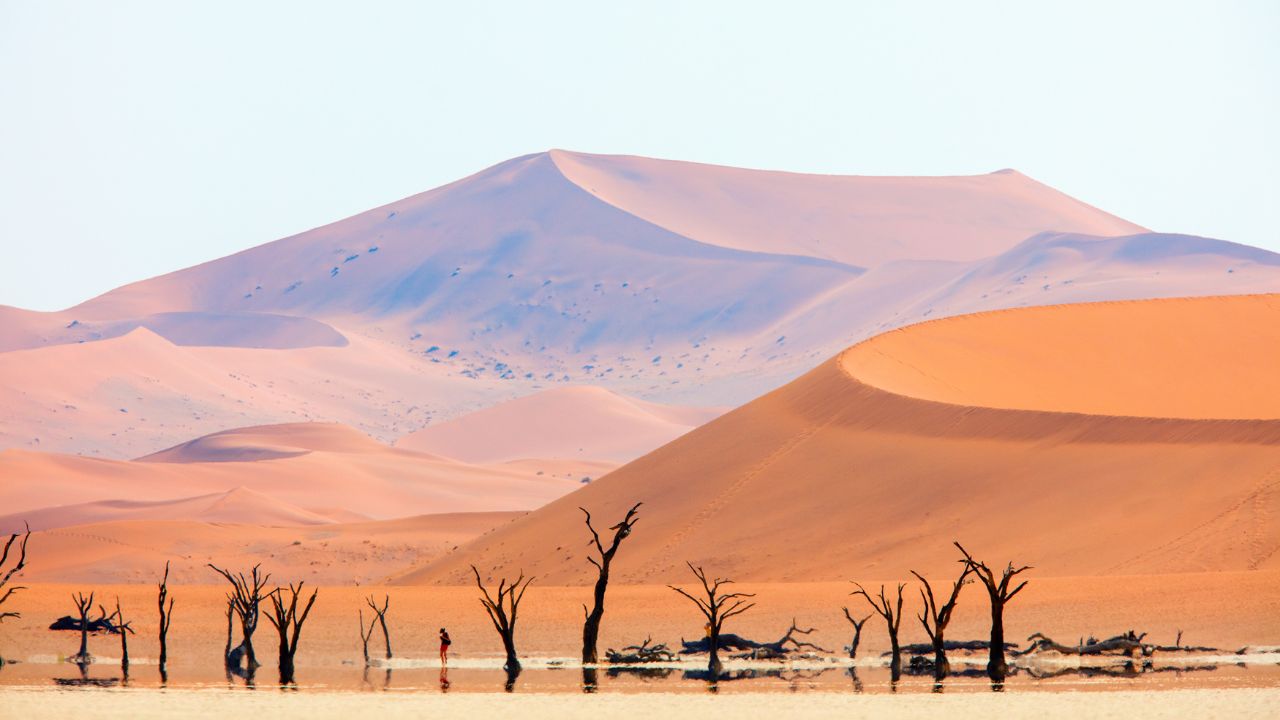
Climate change has manifested in Botswana with increased temperatures and diminished rainfall. Although this arid region has historically experienced climate variability, the trend towards more extreme conditions is alarming. This shift threatens to diminish the availability of natural surface water, a critical resource for the region’s wildlife. The surface water project aims to investigate the state of surface water in the Makgadikgadi Pans and assess its ecological impact.
Our establishments in the Makgadikgadi Pans, including Jack’s Camp, San Camp, Camp Kalahari, Meno a Kwena, and Planet Baobab, are set against the surreal backdrop of the Makgadikgadi – an expansive network of salt pans that are remnants of an ancient super lake in the heart of the Kalahari Desert.
The Makgadikgadi’s ethereal desert landscape has enchanted many, serving as a muse for film, literature, and art. It is the homeland of the Zu/’hoasi bushmen and women and plays host to Africa’s second-largest animal migration, a breathtaking event where 30,000 zebras and wildebeests journey across Northern Botswana.

Similar to global trends, this region is also experiencing significant changes, particularly in terms of surface water availability, influenced by two distinct developments. Firstly, the Boteti River, which Meno a Kwena overlooks, resumed its flow in 2009 after a dry spell of 19 years. Additionally, an artificial water source has been established on the eastern side of the area for over a decade.
During the peak of the dry season, the ephemeral Boteti River experiences flooding, but its flow has decelerated in recent years, raising concerns about the possibility of it drying up again. The full impact of surface water availability, as well as the diversity of water sources in the region, remains largely unexplored. What is certain, however, is that the presence of surface water has both direct and indirect effects on semi-arid ecosystems. It is crucial to conduct research to understand its influence on the Makgadikgadi Pans ecosystem. The focus of this research will be on the impact on the ecology of large herbivores, the consequent effects on vegetation, landscape-scale connectivity, and the dynamics of human-elephant conflict.
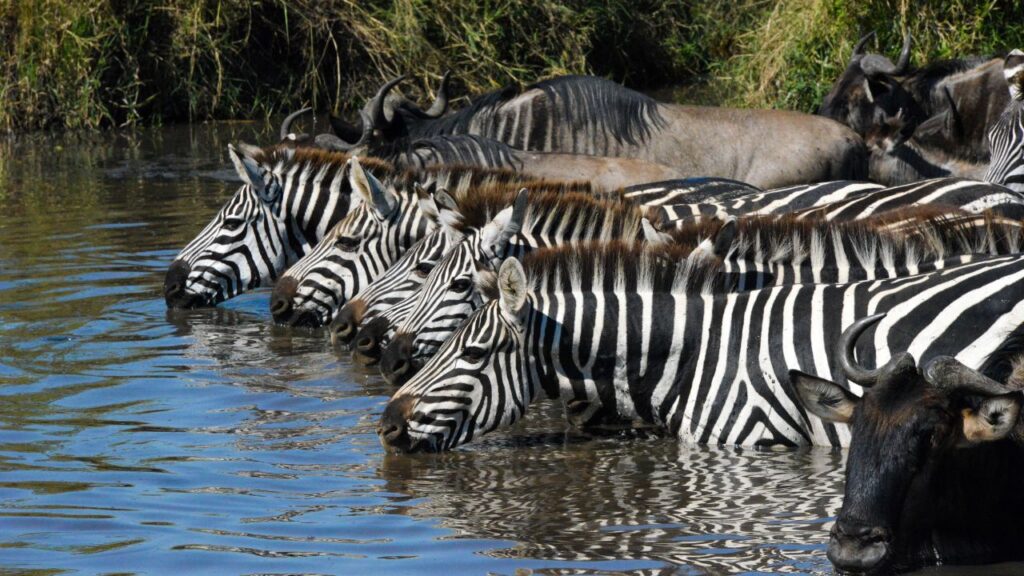
The objective of this study is to assess the impacts of artificial waterholes and utilize the findings to inform optimal placement strategies for these waterholes, including their spacing and the timing and volume of water they should dispense. This effort aims to minimize adverse effects while accommodating the adjustments required in conservation practices due to climate change. Additionally, the research will monitor variations in water availability, addressing the need for conservation to evolve in response to climate alterations.
“Our Director of Conservation, Dr. Jennifer Lalley, emphasizes the pervasive influence of climate change on research, stating, “The consideration of climate change has become indispensable when studying any species, habitat, or ecosystem, as it now rivals habitat destruction in driving species towards extinction. While habitat loss could be addressed at a local level, the challenge of climate change transcends the capacity of individual conservationists and calls for a collective effort from the global community. Our role is to endeavor to mitigate its impacts as effectively as possible.”
Furthermore, the study’s outcomes will assist in identifying and mapping elephant migration paths within the area, which will aid in reducing human-wildlife conflicts and promote the maintenance of landscape-scale connectivity. This approach involves a comprehensive management of landscapes to balance diverse objectives.

The research project is being led by Delphine Dubray, a PhD student at the Okavango Research Institute of the University of Botswana. She will employ specific methodologies to achieve the primary goals of the study.
The analysis of water quality in the waterholes will be conducted quarterly, while camera traps will operate continuously throughout the year to observe the behaviors of large herbivores at these water sources. This approach aims to elucidate the patterns of utilization by species such as elephants, giraffes, zebras, and wildebeests, and to understand how these patterns are influenced by water quality and availability.
Furthermore, the project will include comprehensive surveys of the area’s vegetation. The analysis will involve satellite imagery and indices, leading to the update and comparison of habitat maps with previous versions. This comparison will reveal both seasonal and long-term changes in vegetation around the waterholes, particularly focusing on the impact of elephant activity on these changes.
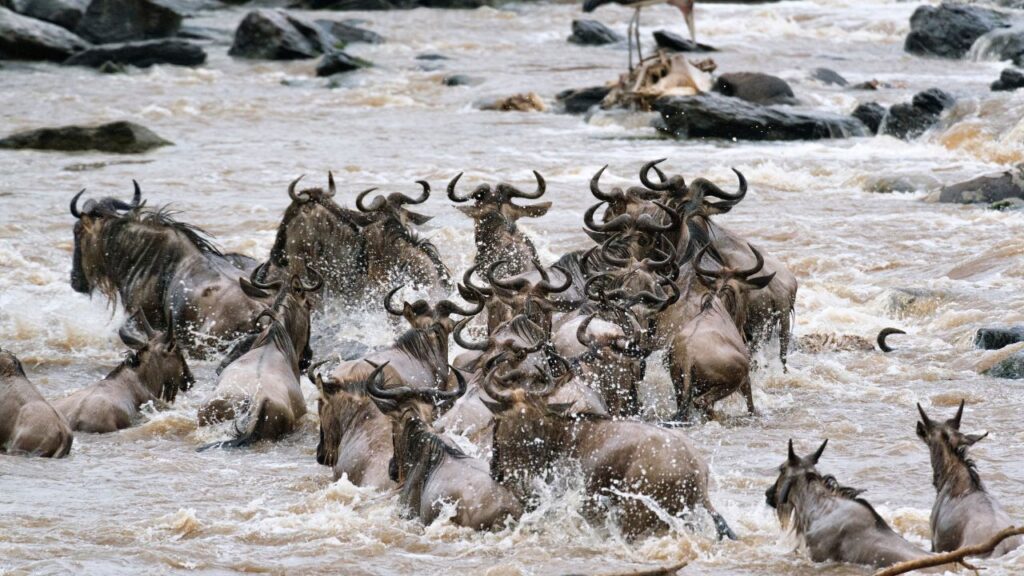
Furthermore, the project will look at data from collared adult bull elephants to ascertain their movements across different distances. We’ll also use camera traps to study the local use and landscape-scale connectivity between distant areas of permanent water for different species. Elephant trails will be mapped through collar data, satellite imagery and direct observations.
Finally, questionnaires will be distributed to those who live in the local area to help us investigate the impact that artificial water provision has on human-elephant conflict.
“Artificial water provision is often considered as a way to mitigate drought and human-wildlife conflict,” notes Delphine. “But the true consequences of such strategies have not been assessed.”
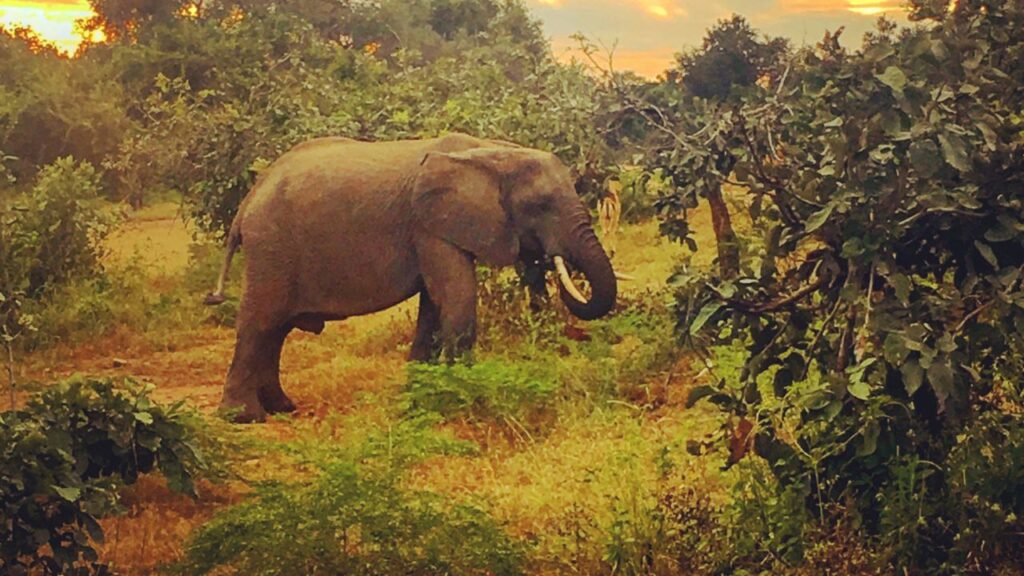
This initiative is a crucial part of our broader efforts to conserve Large Mammal Migration in the Kalahari, details of which are available for further reading. It also complements our support for the Elephants For Africa collaring project.
As climate change introduces increasingly complex challenges to the field of conservation, initiatives such as this are essential for addressing these difficulties. Beyond our financial contributions to significant research, Natural Selection also imposes a carbon fee on each traveler. This fee not only finances programs that neutralize the carbon footprint of each visitor’s stay but also aids in alleviating the effects of climate change on susceptible communities within Southern Africa. Conservation is a core element of our ethos, prompting us and our operations to evolve in response to changing environmental conditions.
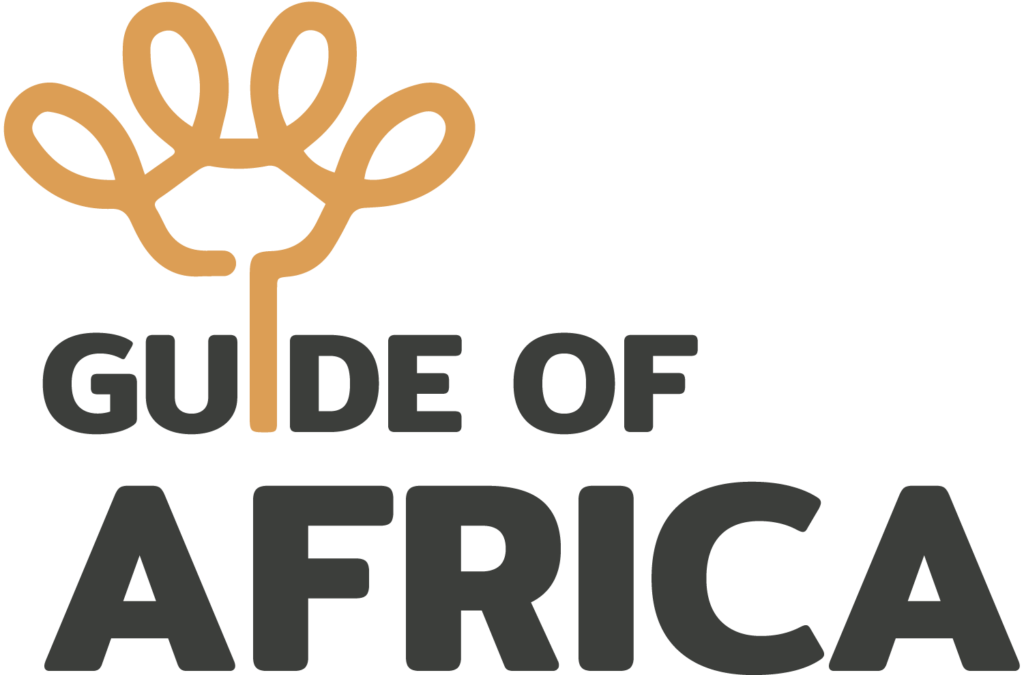
Hi, this is a comment.
To get started with moderating, editing, and deleting comments, please visit the Comments screen in the dashboard.
Commenter avatars come from Gravatar.